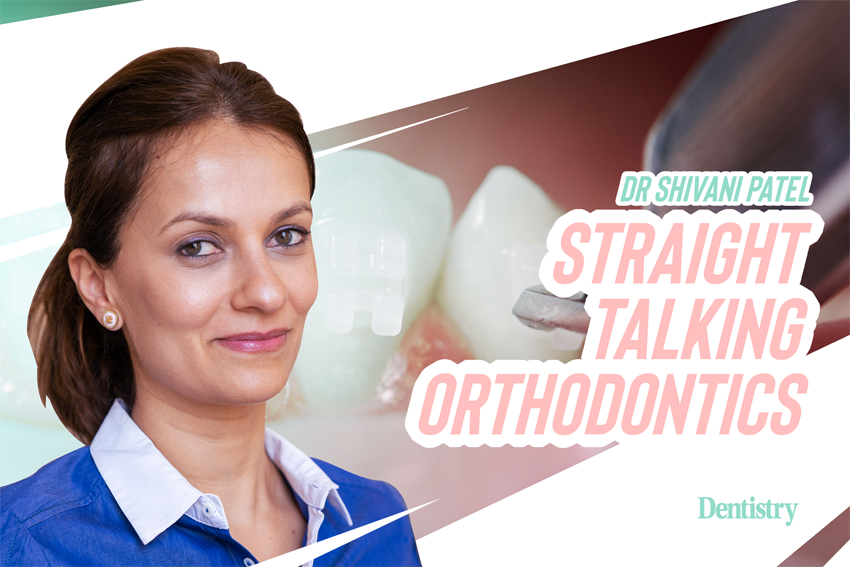
This month, Shivani Patel discusses jaw surgery as a comprehensive option for severe patients, including when it is needed and the breakdown of the patient journey.
One of the most common things patients complain about is their facial profile. This can range from how they don’t like the way they look from the side, their chin is too big or non-existent!
The upper and lower jaws can be too long or too short. This is because they might have been affected by growth in three dimensions: anterio-posteriorly, vertically and transversely.
Hence patients with the following issues must be given the option to correct the underlying skeletal discrepancy:
- Skeletal II pattern
- Skeletal III pattern
- Anterior open bites
- Cross bites
- Vertical maxillary excess
- Asymmetries.
This is so that they have a balanced facial profile and well-functioning occlusion.
How should you approach this?
This needs a multidisciplinary approach – usually a combination of an orthodontist and maxillofacial surgeon.
However, as this treatment is usually carried out for non-growing adults, they may also need the input of a periodontist and a restorative dentist to reinforce good oral health and finish off the smile.
The patients journey involves:
- Taking records – photos, scan and OPG and lateral cephalometric X-ray
- Restoration of health by GDP/hygienist/periodontist
- Joint planning with orthodontist and maxillofacial surgeon
- Pre surgical treatment 12 – 15 months
- The preferred brace is buccal braces to allow for easy access during surgery and after surgery for the patient to clean and maintain
- Align the teeth
- Coordinate the arches
- Decompensate the inclination of the teeth. This makes the discrepancy worse
- Placement of surgical hooks to allow for fixation
- Joint planning of the final surgery using snap models and records – photos, scans, construction of surgical wafer, OPG and cephalometric X-ray
- Surgical procedure – single jaw, double jaw, double jaw and genioplast: two to three week recovery
- Post surgical phase is six months and involves settling the bite and finishing off to a Class I
- Initially patient will be seen every week for four to six weeks and placement of elastics
- Record areas of numbness
- Eventually the surgical wires are removed and replaced with lighter round stainless steel or twisted SS arch wires to give the rigidity but also allow for finishing
- Indefinite retention
- Restorative phase/periodontal maintenance.
The best option
Overall, treatment time should take 18 – 24 months.
This may seem daunting to our patients. However, it is important for them to understand that if surgical treatment is required, it will be the best option to harmonise the jaw positions, function and over all dental aesthetics health and also revitalised confidence.
Orthognathic surgery is carried out on a much more frequent basis than people realise and is considered to be safe way to achieve a total makeover.
Catch up on previous Straight Talking Orthodontics columns:
- Can we avoid extractions?
- How does the festive season affect our teeth?
- Sensitive teeth is also an issue for orthodontists
- Dental technology that’s changing the game for orthodontics
- Don’t neglect the lips and tongue!
Follow Dentistry.co.uk on Instagram to keep up with all the latest dental news and trends.


